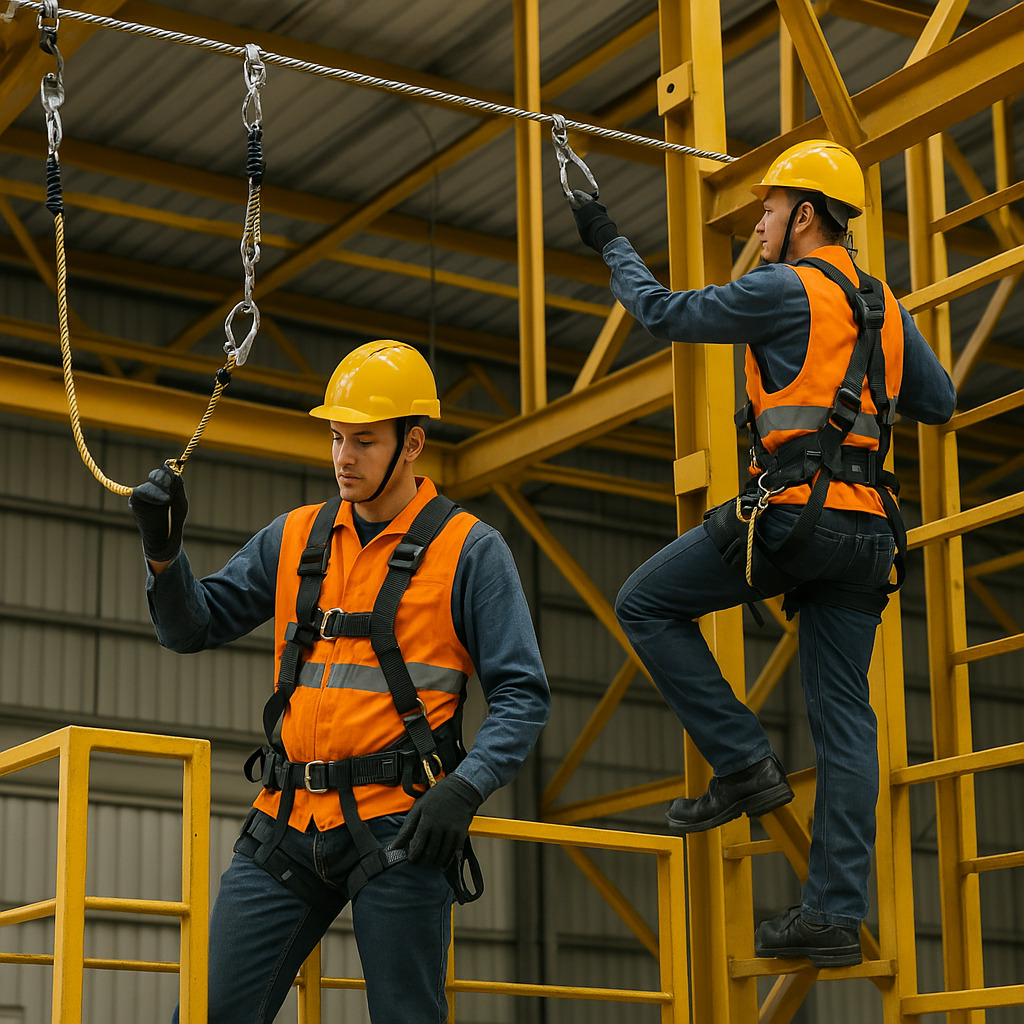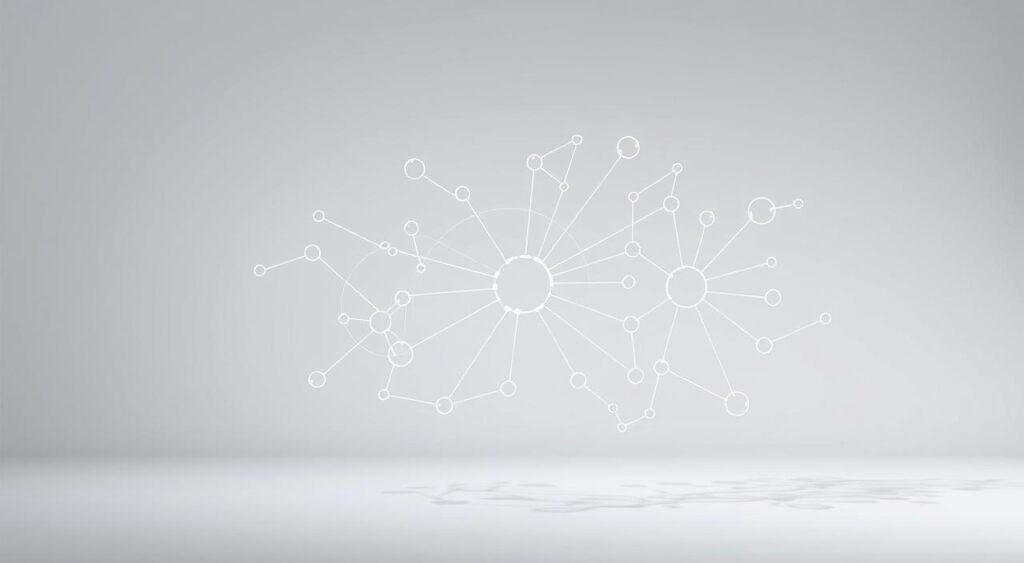The peltzman law mental model describes how safety rules sometimes lead to riskier behavior. Imagine a driver speeding because they feel safer with a seatbelt—this paradox lies at the heart of a powerful decision-making concept. Let’s explore how understanding this idea can reshape choices in law, business, and daily life.
This mental model, rooted in behavioral science, explains how people adapt when they perceive reduced risk. For example, employees might take shortcuts if workplace safety protocols feel too rigid. Legal professionals use these insights to predict how clients or organizations might react to new policies.
Firms like the Law Office of Andrew B. Peltzman, LLC, prioritize flexibility—meeting clients at home or the office with no extra cost. This approach reflects their understanding of human behavior and commitment to reducing stress during legal processes. Their registered trade names, built on decades of trust, highlight practical applications of this model.
Key Takeaways
- Avoids technical jargon while explaining behavioral shifts linked to safety measures
- Connects legal strategy to everyday decision-making patterns
- Highlights real-world examples like workplace safety adjustments
- Shows how client-centered services reduce decision-making friction
- Prepares readers to apply these principles in later sections
Introduction to the Peltzman Law Mental Model
Why do people take more risks when they feel protected? This counterintuitive pattern lies at the core of a behavioral concept explaining how safety measures reshape our choices. Let’s unpack how this idea works—and why it matters for everything from workplace rules to personal habits.
Risk Balancing Act
The model shows that safety improvements often trigger compensating behaviors. Think of cyclists pedaling faster with helmets, or workers rushing through tasks when given protective gear. Our brains treat safety tools like “risk budgets”—if one area feels secure, we reallocate daring elsewhere.
From Theory to Reality
Ever notice how speed limits sometimes lead to more tailgating? This pattern appears in legal policies too. When regulations reduce perceived danger, people often create new risks through changed actions. Teams designing safety protocols now factor in these human responses—like pairing seatbelt laws with driver education campaigns.
Successful application requires collaboration. Safety engineers, managers, and community members work together to anticipate behavioral shifts. By combining perspectives, groups create systems that protect without unintentionally encouraging recklessness.
History of Legal Thought

How did legal thinking evolve to embrace behavioral insights? Early systems focused on strict rules and predictable outcomes. Judges often acted like calculators—applying codes without considering human behavior. This worked for simple disputes but struggled with complex modern challenges.
Evolution from Traditional Legal Models
The 19th century brought big changes. Courts started noticing how rigid rules sometimes created unintended consequences. Imagine a contract dispute where following the letter of the law hurt both parties. Judges began adapting interpretations to match real-world situations.
By the mid-20th century, legal teams mixed psychology with courtroom strategies. They saw that safety regulations could backfire if people felt too protected. This shift paved the way for models explaining risk compensation in legal frameworks.
Three key turning points reshaped legal thought:
- Recognition that strict penalties don’t always deter bad behavior
- Studies showing people adjust actions based on perceived safety
- Collaborative efforts between lawyers and behavioral scientists
Today’s legal strategies balance rules with human nature. Could yesterday’s “one-size-fits-all” approach work now? Probably not—and that’s why understanding this history matters for modern practice.
The Peltzman Law in Behavioral Economics

Behavioral economics reveals how safety measures can backfire in unexpected ways. When companies install fall-protection systems, workers might stand closer to edges. This risk compensation concept, explored in economic research, shows why policies need human behavior insights.
Peltzman Law Influence on Policy and Regulation
Cities adding bike lanes often see cyclists ride faster. Why? The perceived safety lets them take more speed risks. Smart regulators now pair physical protections with education campaigns. This dual approach helps balance safety goals with natural human adjustments.
Impact on Human Behavior and Risk Assessment
Families with home security systems might leave doors unlocked more often. Businesses face similar patterns—teams using advanced cybersecurity tools sometimes skip basic password updates. An independent approach helps organizations stay vigilant. As one firm leader notes: “We’re approached by bigger companies, but staying autonomous lets us adapt faster to these behavioral shifts.”
Entrepreneurial teams often spot risk-balancing acts first. They adjust strategies based on how customers or employees actually behave, not just compliance checklists. This flexibility creates smarter safeguards that account for real-world choices.
Real World Applications and Team Dynamics

Why do some safety plans lead to unexpected teamwork challenges? Let’s explore how groups in high-stakes industries adapt to risk-balancing behaviors. A telecom company once upgraded its tower safety gear—only to find workers climbing faster, assuming reduced danger. This pattern mirrors how legal teams adjust strategies when clients feel too protected by contracts.
Peltzman Law: Case Studies from Legal and Telecommunications
One broadcaster avoided costly lawsuits by anticipating employee risk shifts. After installing new cybersecurity tools, they noticed staff skipping basic password updates. Their solution? A collaborative approach pairing tech upgrades with weekly security workshops. Teams now discuss how safety tools might unintentionally encourage shortcuts.
In commercial transactions, a small telecom firm restructured merger protocols. They discovered rigid NDAs made partners less cautious about data sharing. By creating flexible agreements with built-in checkpoints, both sides maintained vigilance while closing deals faster.
The Role of Independent Teams in Implementing Change
Autonomous groups often spot risk compensation first. A national cable company’s safety team noticed workers using fall-protection gear as leaning posts near edges. Their solution—developed without corporate bureaucracy—combined harness redesigns with peer accountability circles.
Legal experts note that regulatory adjustments work best when paired with team feedback loops. One firm handling broadcast licenses reduced compliance errors by 40% after forming cross-department safety councils. Small businesses and Fortune 500 companies alike benefit from this balanced approach to risk management.
Conclusion
Safety measures often hide a tricky truth—they can make us careless in unexpected ways. Throughout this article on the peltzman law, we’ve seen how risk compensation shapes decisions in law, business, and daily life. From workplace protocols to cybersecurity upgrades, understanding these behavioral shifts helps create smarter safeguards.
Historical legal models evolved by blending rules with human psychology. Teams now design policies anticipating how people actually respond to protections—like pairing bike lanes with speed awareness campaigns. This approach reflects lessons from behavioral economics, where balancing safety and natural instincts drives better outcomes.
Want to improve your decision-making? Consider how regulatory balance affects real-world choices. Whether reviewing contracts or safety gear, ask: “Could this solution create new risks?” Small adjustments—like flexible agreements or peer accountability—often yield big results.
Ready to explore further? Start by observing how protections influence your own habits. You might spot surprising patterns—and find smarter ways to stay safe without unintended consequences.


